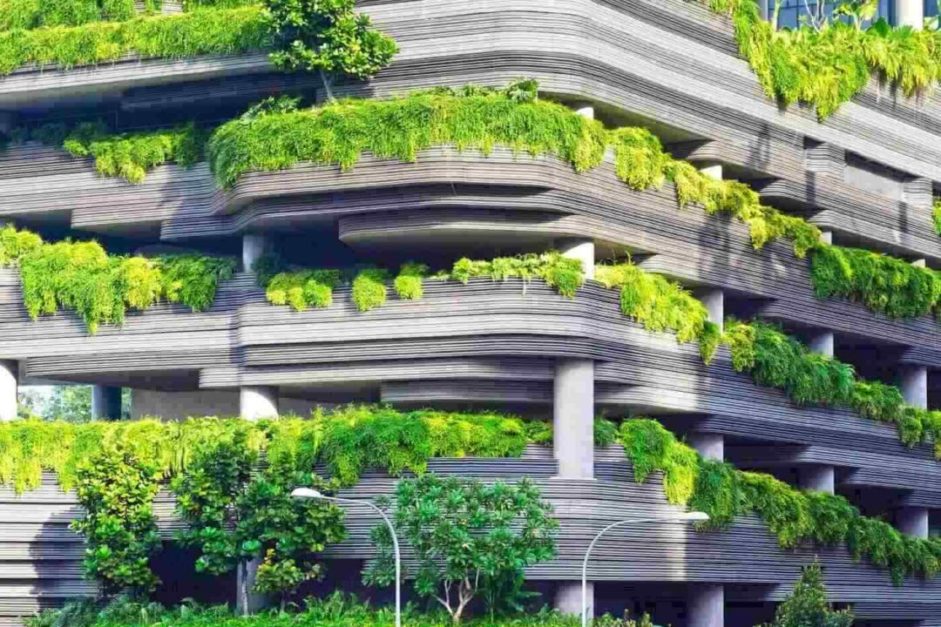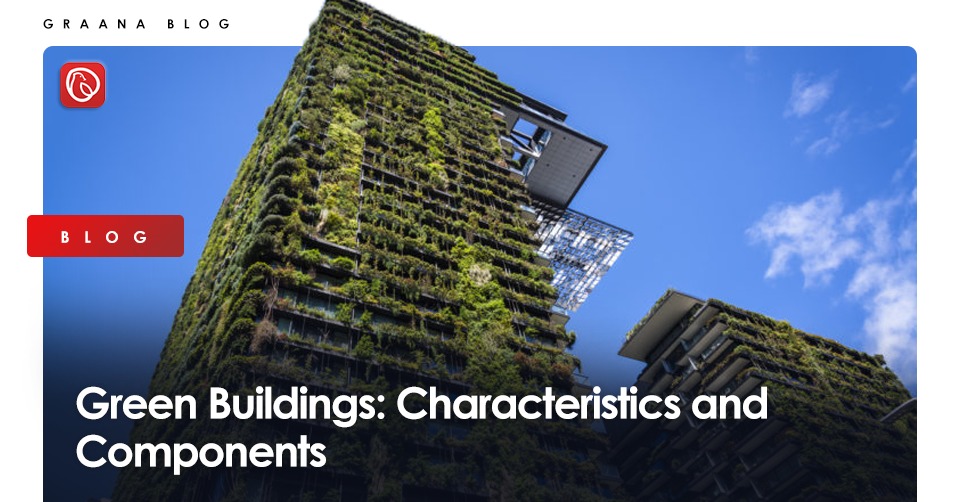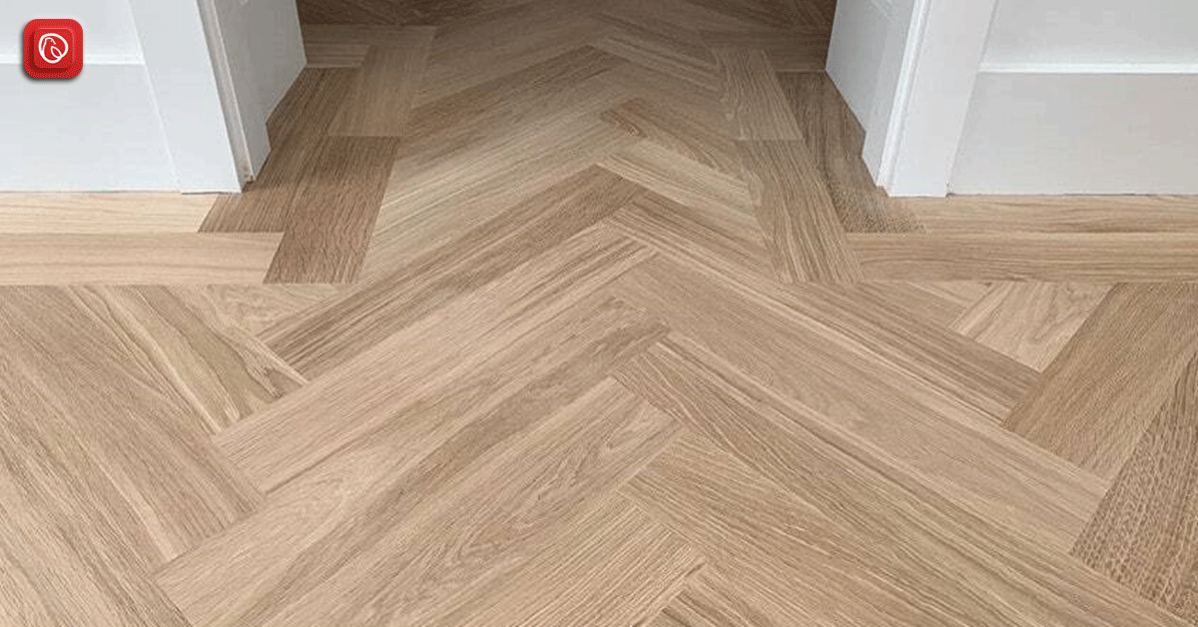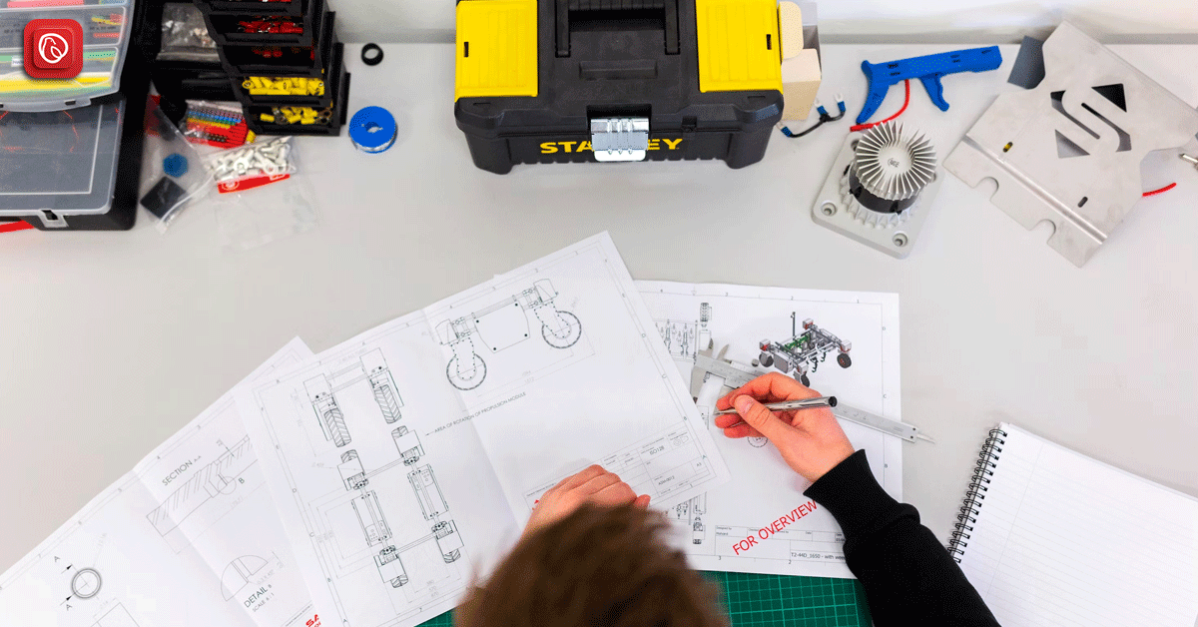The concept of green buildings dates back to the late 1980s when the Building Research Establishment Environmental Assessment Method (BREEAM) was developed. They have used different tools to elucidate, reevaluate, and acknowledge green buildings.
Also known as green construction or sustainable buildings, green buildings refer to a structure that is environmentally friendly and energy-efficient throughout its lifespan.
In this blog, Graana.com, Pakistan’s smartest property portal, provides a detailed account of green architecture, sustainable building materials, their characteristics, and their components.
The Basics: What Are Green Buildings?
Buildings that are designed, built, managed, and maintained in a way that lessens their negative impact on the environment and encourages a more sustainable future are referred to as green buildings, also known as sustainable or eco-friendly buildings.
These structures make an effort to conserve resources, increase energy efficiency, conserve water, boost interior air quality, and make use of eco-friendly materials and technologies.
What is the Aim of Constructing Green Buildings?
With the advancement of technology, new and efficient practices are being developed to construct green buildings. Their purpose is to design buildings that:
- Efficiently use resources like water, energy, etc.
- Safeguarding the health of residents and improving workers’ productivity.
- Bringing down pollution, waste, and environmental degradation.
What are the Main Features of a Green Building?
The following are the fundamental features of a green building.
- Efficient use of energy, water, and other resources
- Using renewable energy resources, for instance, solar energy
- Pollution and waste reduction measures, and enabling of re-use and recycling
- Good indoor environmental air quality
- Use of materials that are non-toxic, ethical, and sustainable
- Consideration of the environment in design, construction, and operation
- Consideration of the quality of life of occupants in design, construction, and operation
- A design that enables adaptation to a changing environment
Benefits of Green Construction

Buildings have a huge impact on the economy, environment, and human health. By bringing into use green building technologies, we can elevate both the economy and environmental performance.
If you take the initiative to make the building green and environmentally friendly from the beginning of the project, you will be able to achieve better results. However, at any stage, you can incorporate green building methods into the construction of your project.
There are three major benefits of green buildings, which are further classified into their subcategories.
Environmental Benefits
- Increase and safeguard biodiversity and nature
- Upgrade air and water quality
- Reducing waste
- Restore Natural Resources
Economic Benefits
- Reduction of Operating Rates
- Create, and Expand, Markets to Provide Products and Services for Green Buildings
- Enhancing the Productivity of Residents
- Optimising Economic Performance
Social Benefits
- Improving the Comfort and Health of Residents
- Increased Aesthetic Qualities
- Lowering strain on infrastructure
- Enhancing Overall Quality of Life
Characteristics of Green Buildings

The green building movement was first initiated in the US. The origin of the movement was the need for more energy-efficient and geo-friendly structures. Green buildings bring together several techniques to decrease and eventually completely remove the impact of the buildings on human health and the ecosystem.
Although the practices and techniques involved in green building are advancing with each passing day, there are some basic principles upon which they have been drafted. Following are those fundamental principles.
- Design Efficiency
- Energy Efficiency
- Water and Material Efficiency
- IEQ Enhancement
- Operations and Maintenance Optimization
- Waste and Toxics Reduction
Design Efficiency
Design and concept are foundational stages of any project. When you design a green building, the main purpose is to reduce its negative impact on the environment. Buildings are composed of various components and each of these components constitutes multiple design variables.
Energy Efficiency
Another fundamental characteristic of green buildings is that they are energy efficient. Builders take effective measures to reduce energy consumption. Energy is consumed in two different ways. The first one is for the transportation, processing, and installation of building materials, while the second is using energy for the heating/cooling systems.
Some of the things that can contribute to factors that decrease energy consumption are the use of renewable energy resources such as solar-energy, biomass energy etc. This can result in the reduction in the carbon footprints of these buildings.
Other than that, building windows, duct sealings, envelope air sealing, and carefully considered placement of air and vapour barriers also help reduce the consumption of energy.
Water and Material Efficiency
Another essential feature of green buildings is that they consume less water, and also protect the water from getting polluted. In a lot of areas, the water supply demand is a lot more than its ability to sustain itself, becoming a critical issue. This adds to the prevalent and one of the most critical issues of scarcity of pure water.
The most commonly used materials in green buildings include lumber wood, rapidly growing plants, for instance bamboo and straw, insulating concrete forms, recycled crush, dimension crush, recycled metal, and various other non-toxic materials.
The Environmental Protection Agency (EPA) also recommends the use of reusable industrial products, for example, foundry sand, demolition waste (collected from construction sites), and other materials.
Improving Indoor Environmental Quality (IEQ)
In the LEED standards Indoor Environmental Quality (IEQ) category was included by the authorities, and the goals it aims to achieve are: providing comfort and well-being of the residents.
The purpose of IEQ is to lessen the volatile organic compounds along with other impurities in the air such as airborne germs etc. Green buildings rely on a designed system of ventilation (naturally powered) to provide proper ventilation of clean and filtered air from the outside.
What you can do to improve the IAQ is to choose construction materials and finishing products that emit a very low amount of VOC.
Besides, dampness leads to the growth of mould along with bacteria, viruses, and various other kinds of microbes. Their presence can lower the air quality, of the building, which is why it is essential to control the moisture level. Hence, if you install the envelope of the building properly, it will reduce the moisture accumulation problem to a great extent.
However, ventilation is also vital for the removal of moisture from the inside resources such as cooking, showering, mopping etc. You can reduce the use of power to a great extent by smartly integrating the daylight and artificial lights for creating a high-efficiency bright environment.
Operations & Maintenance (O&P)
If the building is not maintained responsibly, no matter how sustainable the building was in its construction and design, it will not matter eventually. Hence, it is important to operate the structure with responsibility, and care.
For the sustenance of the green criteria of the building, it is important to ensure the operations and maintenance personnel. Each aspect of green, sustainable buildings is added into the O&M period of a building’s existence. O&M staff is also responsible for the addition of new technologies to keep the buildings in line with the new and updated features of green architecture.
In addition, the goal of reducing waste can be achieved during the design, construction, and demolition stage of a building’s existence; the practice of recycling and improving air quality occurs during the O&M stage, and the renovation of green homes.
Waste Reduction
Another purpose of green architecture is to lessen the waste of water, energy, and materials used for construction. Adequately designed buildings also help lower the amount of waste produced by the residents as well, by giving on-site solutions to the occupants, for example, compost bins. This reduces the waste that goes into landfills.
Moreover, in urban areas, a major amount of waste comes from industries. For the reduction of the amount of waste materials, we should design buildings in a way that a lesser amount of waste goes into landfills.
In the recent years, the world has witnessed a growing trend of green homes owing to the need of energy-effecient infrastructure.
In this blog, we have come up with a complete account of green buildings, their characteristics, and components. For more information, visit Graana.com.
FAQs
What is meant by green building?
A green building is an environmentally responsible and resource-efficient structure designed to minimize its environmental impact and promote sustainability.
What are the 4 elements of green building?
The four elements of green building are sustainable site design, energy efficiency, water efficiency, and materials and resources.
What is the purpose of green buildings?
The purpose of these buildings is to create sustainable, energy-efficient, and environmentally responsible structures that protect the environment, promote occupant well-being, and offer economic benefits.
How are green buildings created?
These buildings are created through a comprehensive approach that involves incorporating sustainable design principles, using eco-friendly materials, implementing energy-efficient systems, and considering the building’s entire life cycle. Collaboration among architects, engineers, contractors, and stakeholders is key.




